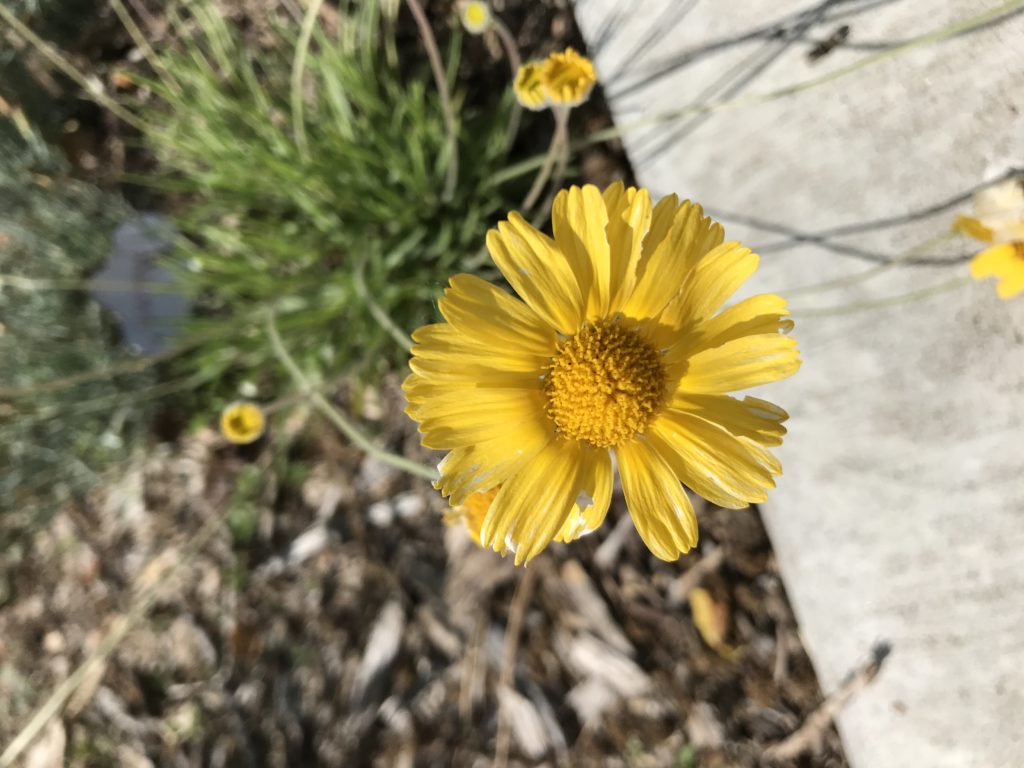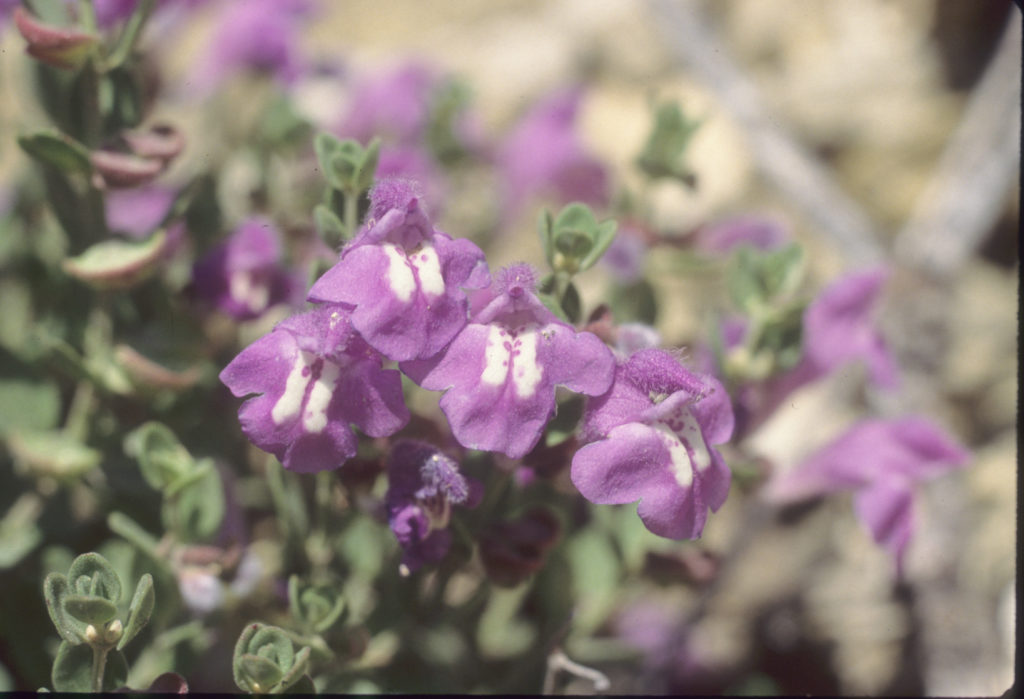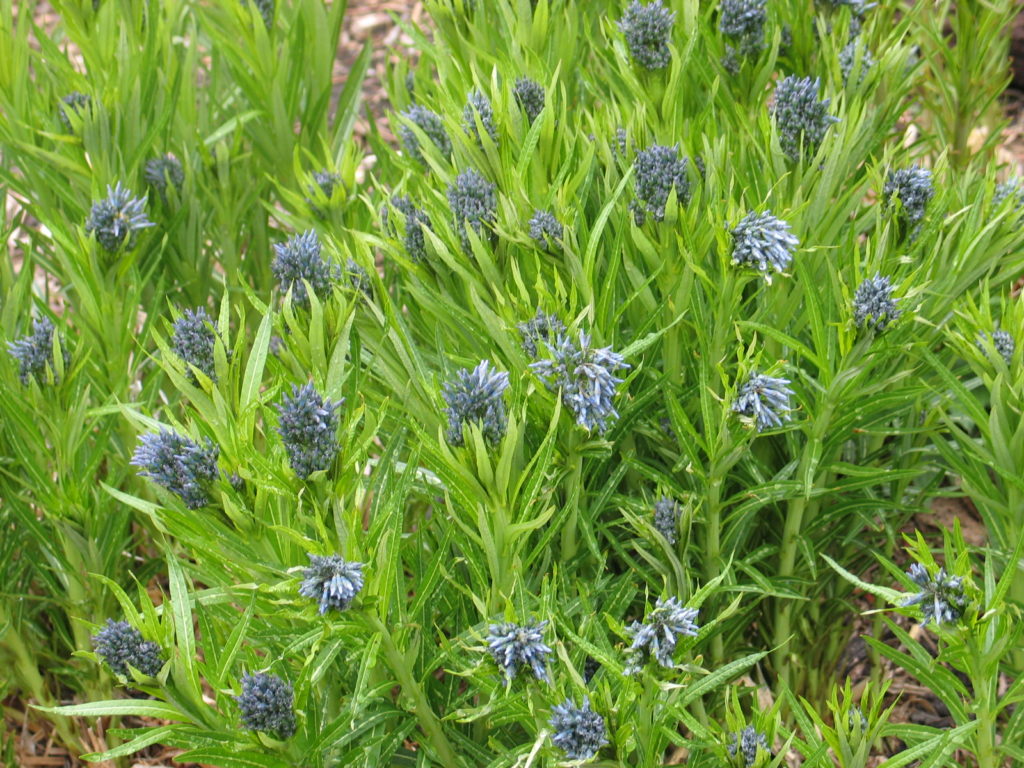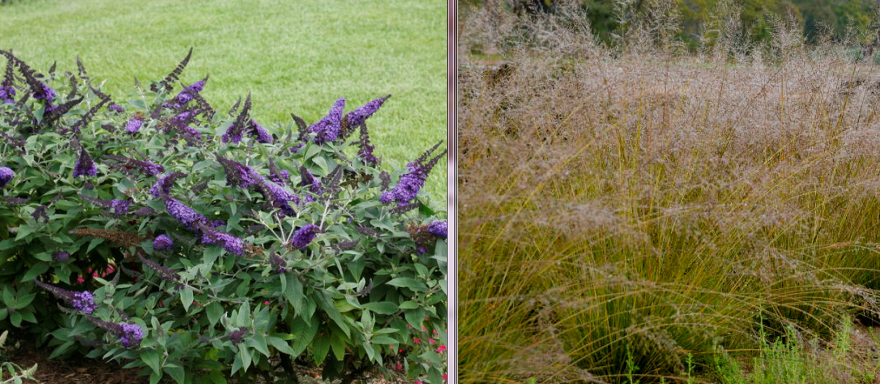I was recently invited to Liberal, Kansas to give a talk to a garden group. While I enjoyed meeting and chatting with the knowledgeable and enthusiastic gardeners of the area, the best part of the trip was the detour we took to Clark State Fishing Lake. I knew a special subspecies of primrose grows there, and I was eager to collect a bit of seed. My partner and I spent an hour or so, on a balmy 100 degree day, seed collecting.

A Unique Oppourtunity
Because I am rarely in the southwest corner of the state, and at this time of year the seed would be plenty dry and ready to collect, this was a serendipitous moment. I went in search of Oenothera macrocarpa subspecies incana. This regionally-specific primrose grows only in southwest Kansas and parts of the Texas and Oklahoma panhandles. While Oenothera macrocarpa is already a drought tolerant wonder plant, withstanding intense heat and dry weather like a champ, this subspecies may be even more adapted to drought based on its native range. Collecting and propagating seed from subspecies and species with historically small ranges allows us to offer more regionally specific plants to our western Kansas customers, and also brings greater genetic diversity to the Arboretum grounds.

Late Summer Treasures
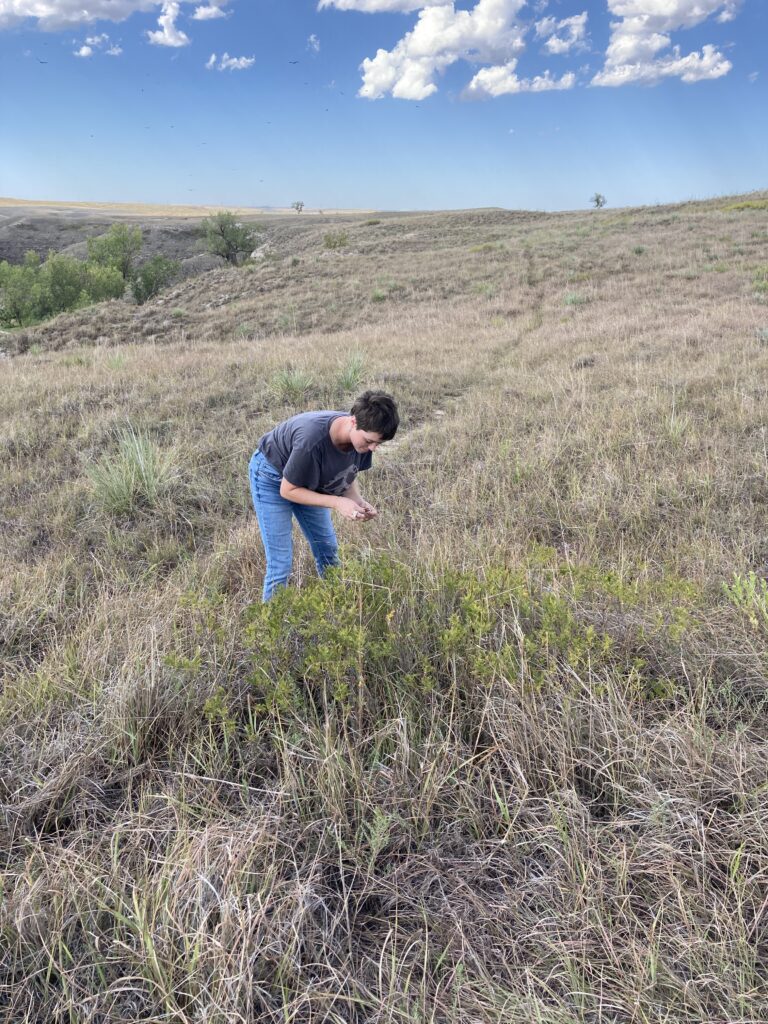
While scouring the hillsides for primrose, we found lots of other familiar faces. There were seas of buffalo grass and blue grama to admire, growing happily even in a long standing drought. I even saw three different Amorpha species! Amorpha nana and Amorpha canescens were growing up in the dry hill sides, and Amorpha fruticosa was growing along the edge of the lake. I also encountered a completely new species for me, Stenosiphon linifolius. This member of the primrose family is called false gaura, and while it looks nothing like the primrose I was actually searching for, it gave me hope we were in the right place!
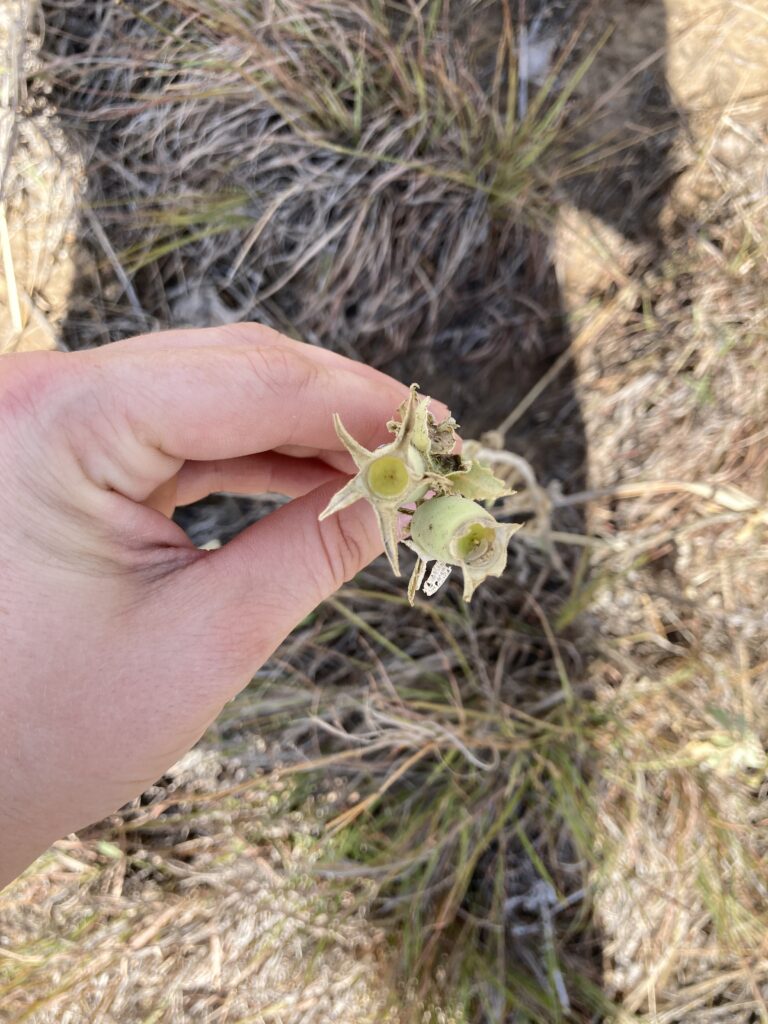
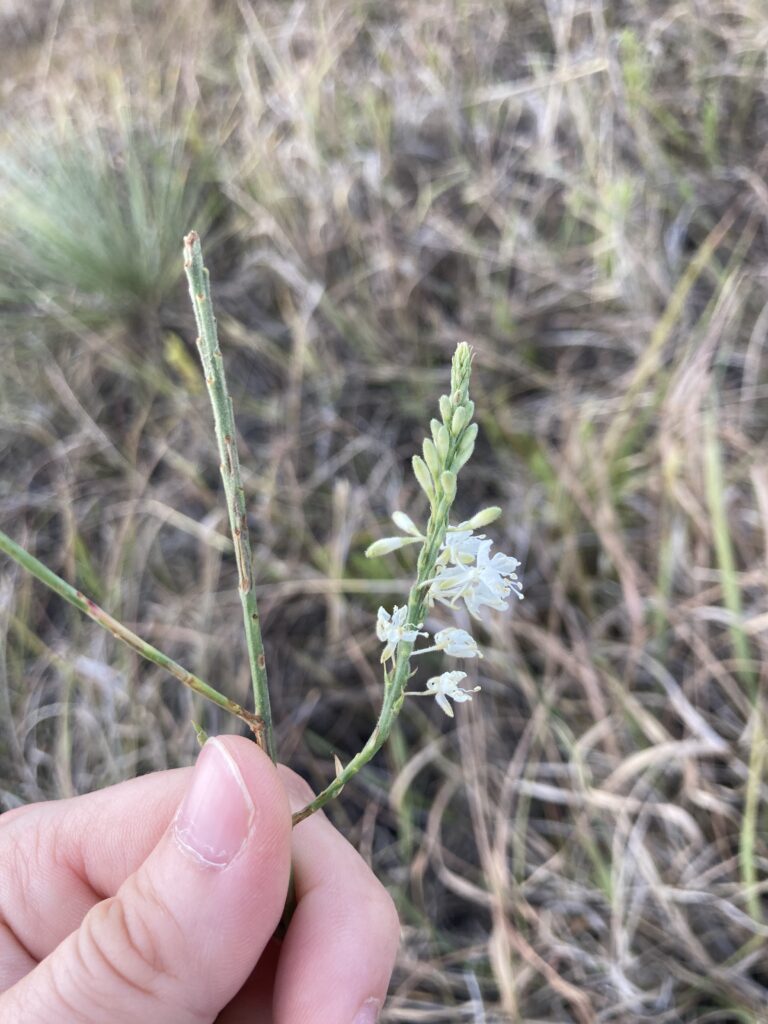
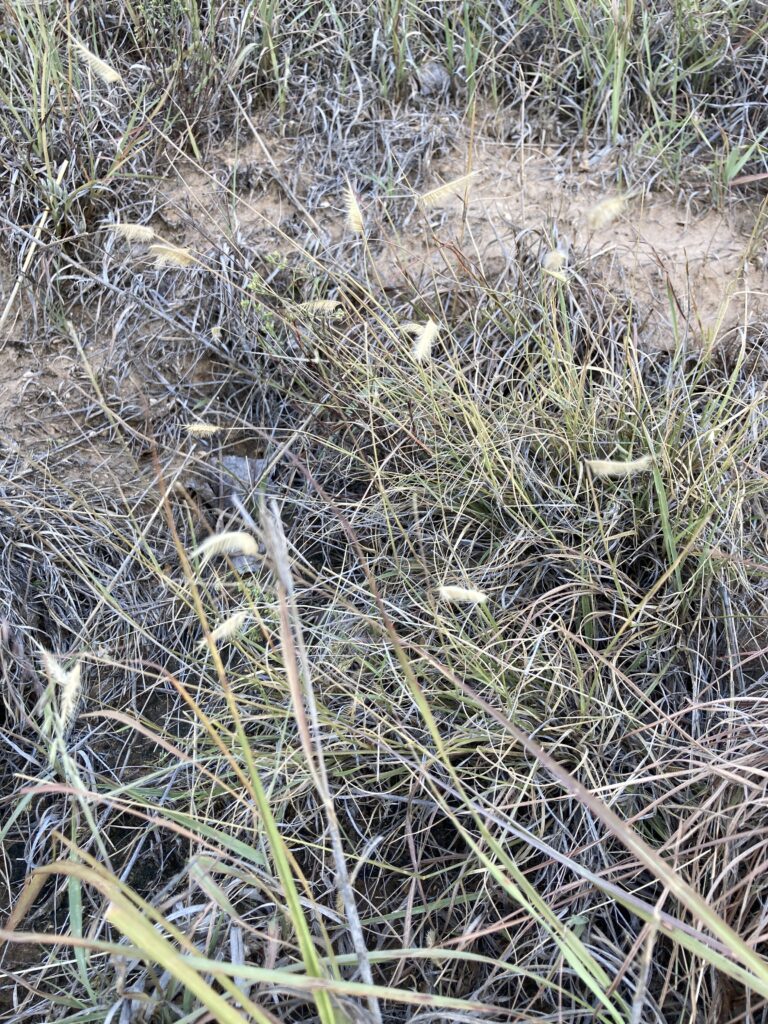
Fruits of Our Labor
I collected seed from a few species, but I do so carefully; never taking the entire supply of that location and trying not to disturb the plants too much. Seed collection must always be done with the health of future generations of plants in mind! I took two seed pods of Mentzelia nuda, one small pod of Asclepias hirtella, and a few tufts of Heterotheca canescens. All of these species would be new to our FloraKansas Native Plant Days, if I can successfully grow them.

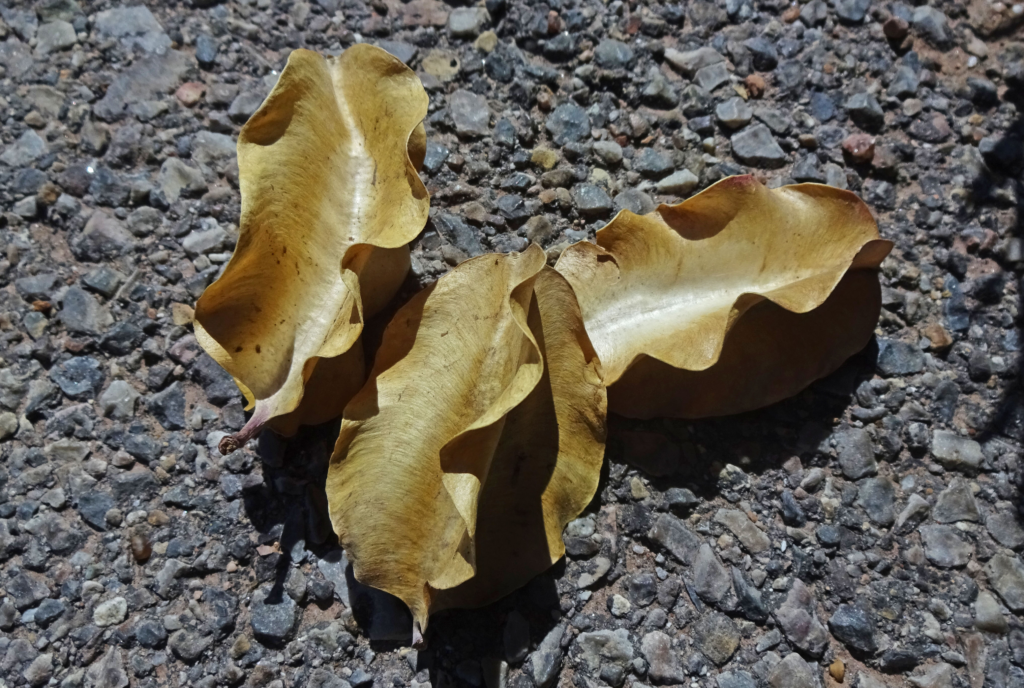
We walked the hills for an hour or so, driving to several locations around the lake to try our luck. It has been a very dry summer, so perhaps the plants had dried up? We saw lots of grassy debris built up, maybe it was hiding just under the next tuft?
It was terrifically, fantastically, abominably hot that day. Eventually the sun won out against our will to find the primrose and we left without finding it. I hope to visit again in spring, when they might be blooming. Then I could pin their location on my phone’s GPS so I might find their seeds easier in the fall.
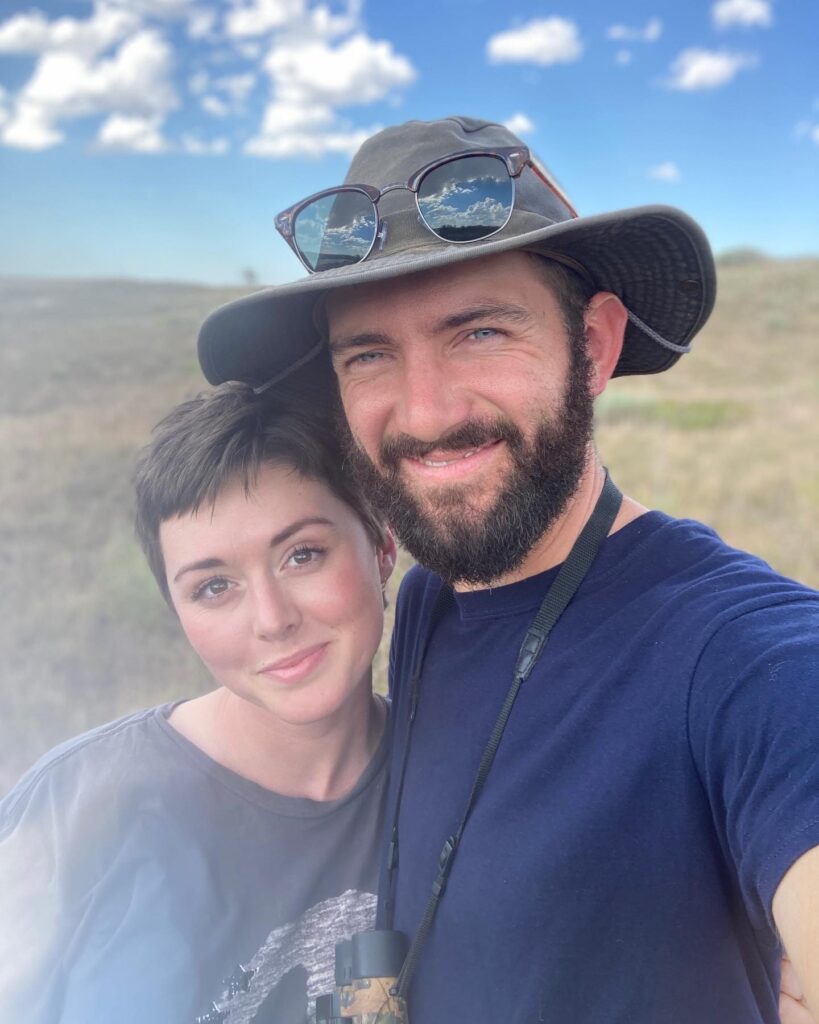
Shortgrass Prairie, Big Blue Sky
If you have the time, make a day trip to western Kansas and take in all that the shortgrass prairie has to offer. It is often overlooked as less scenic or showy than the tallgrass prairie, but I disagree. Its diminutive species and rocky outcroppings have a rugged charm that reminds me of old western movies. And the endless sunny skies remind me of the resilience that these plants must have to survive. If any of you readers do visit Clark County Lake, keep an eye out for the seeds of this much-sought after primrose! I would happily seed swap for it.

